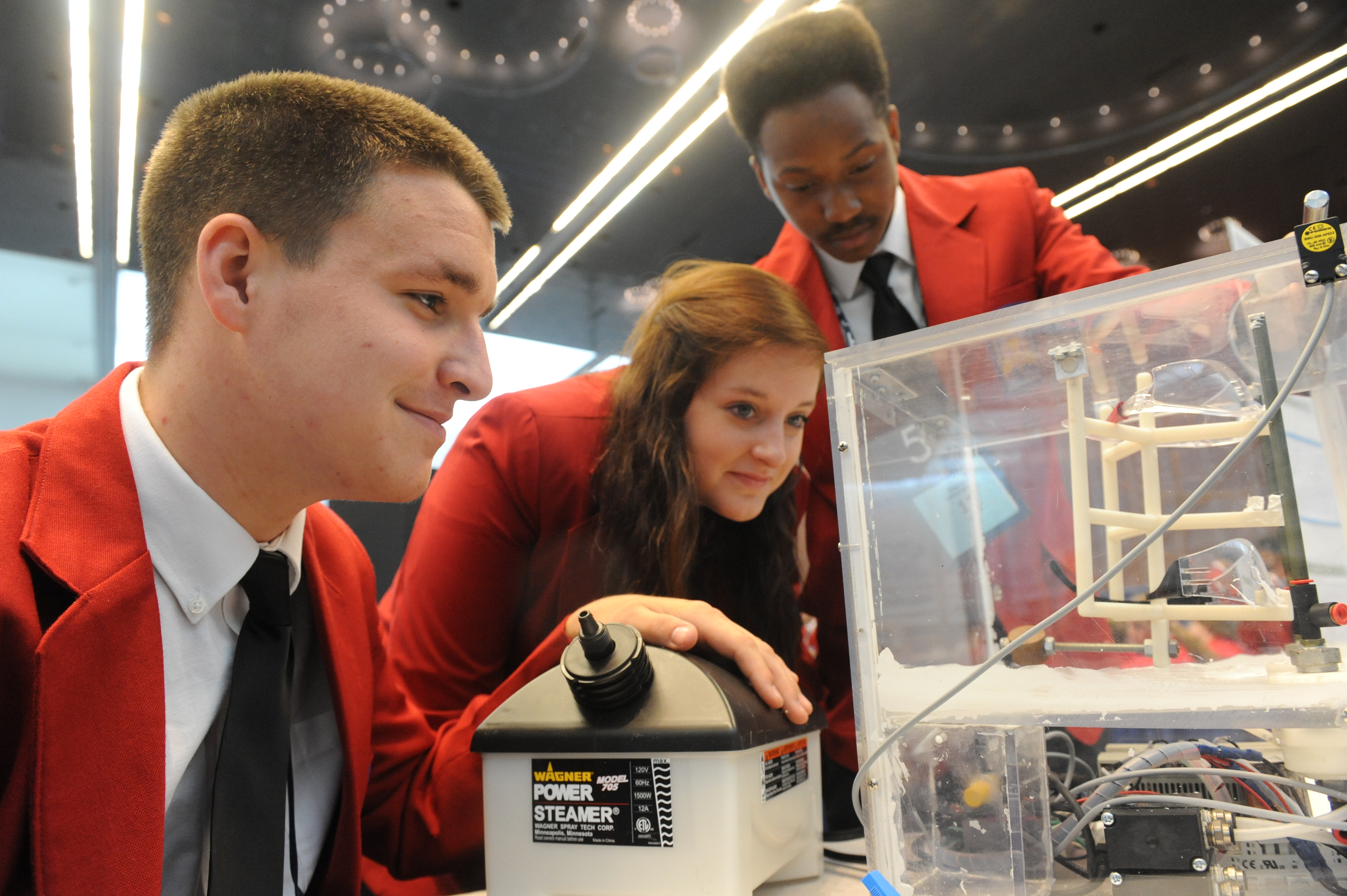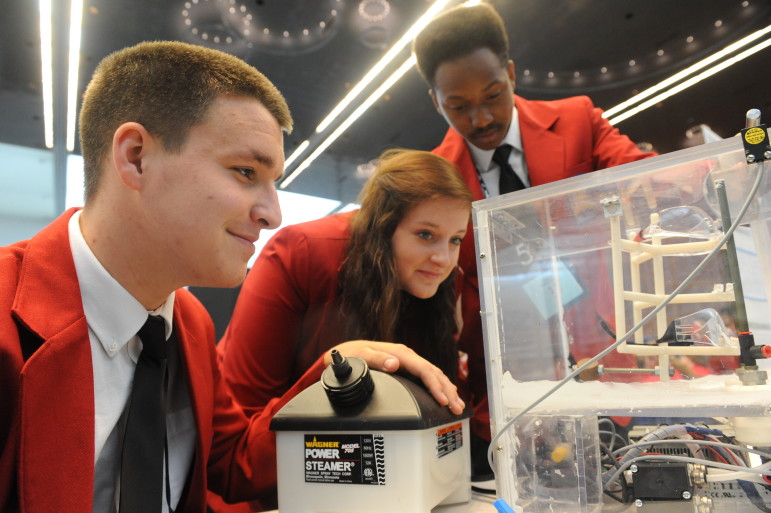WASHINGTON — As a congressional subcommittee considers the reauthorization of an act that provides funding for career and technical education (CTE) programs, professionals in the field are emphasizing the need to get K-12 students interested in CTE earlier — both in and out of the classroom.
Millions of postsecondary students enroll in CTE programs each year. In 2011-12, nearly 70 percent of all students enrolled in undergraduate degree or certificate programs sought a certificate or degree in a CTE field, according to a report from the U.S. Department of Education.
But witnesses at a House Education and the Workforce Committee hearing last week said many young people still do not see CTE as a viable career path.
“We’ve created a culture that says if you want to be successful, you graduate from high school, you go directly into a four-year university, you get a degree and you go to work,” said Tim Johnson, director of government relations for the National Center for Construction Education and Research. “And I think that there are so many more pathways.”
They called for reauthorization of the Carl D. Perkins Career and Technical Education Act, which provides more than $1.1 billion each year to support CTE programs. The act has not been reauthorized since 2006.
Youth development programs such as SkillsUSA, which partners with thousands of schools across the country to prepare students for careers in technical, skilled and services fields, are working to engage students in CTE.
One way the program does that is by hosting local, state and national competitions, in areas ranging from plumbing to culinary arts, that allow students to build confidence and hone their technical skills.
“We’re positioning ourselves to be an answer for the skills gap,” said Jane DeShong Short, communications manager for SkillsUSA. “Not the only answer, but certainly an answer.”
[Related: STEM Education Bill With OST Focus Signed Into Law]
Participants said SkillsUSA activities such as competitions, career fairs and job shadowing exposed them to employers more often than other CTE students, according to a survey conducted last spring by SkillsUSA, the Manufacturing Institute and the Educational Research Center of America.
The survey also found that more than 60 percent of participants in Career and Technical Student Organizations (CTSOs), such as SkillsUSA, felt their career path was more clear because of CTE, compared to 40 percent of CTE students who did not participate in CTSOs.
SkillsUSA supports increasing funding to its state chapters to its pre-sequestration level, before spending cuts in 2013, Short said. The chapters receive federal funding provided under the Perkins Act.
“That student engagement piece is what I think is missing in a lot of K-12 systems … that validation of, ‘Why is it important that I learn this academic knowledge?’” said Douglas Major, hearing witness and the superintendent and CEO of Meridian Technology Center, a CTE program in Oklahoma. “But when they’re able to put that into some real-world use, then it makes sense to those students.”
Major mentioned SkillsUSA and FIRST, a nonprofit that aims to build science, technology, engineering and math skills in young people through robotics competitions, as examples of programs that are doing a good job of that.
CTE is attracting significant interest from policymakers, educators and employers because of its direct tie to closing the skills gap, said Sean Lynch, legislative and public affairs manager for the Association for Career and Technical Education.
“We are more than six years into the so-called [recession] recovery, yet millions of Americans continue to struggle with finding a good-paying job,” said Rep. Todd Rokita, R-Indiana, during the hearing. “Meanwhile, industries critical to our economy … have jobs to fill and not enough qualified applicants to fill them.”
Major said he would like to see more funding to help expose middle school students to different career options so they can choose the path that’s right for them.
“Too often, children in middle school are unable to see how that formal education will affect their future,” he said. “So if we have the flexibility to provide more career exploration, more career guidance, in those middle school levels, I think, in the long run, it will help with our high school success and our high school graduation rates.”
Field trips and job shadowing through after-school programs could also be helpful in making students aware of CTE, said Deneece Huftalin, president of Salt Lake Community College in Utah and another witness at the hearing.
“If you walked through [the] Boeing [plant] and watched that horizontal fin be assembled, you’d go crazy as a young person,” she said. “And you’d know what it looked like to be an advanced manufacturer.
“To take them into the field … whether it’s automotive, or whether it’s health sciences, I just think that’s really important for them to see and feel and smell and really tactically experience that.”
More related articles:
Do After-school STEM Programs Lead to Science Careers? Should They?
Lights On Afterschool Celebrates Fun While Highlighting Growing Demand
Two Fields Come Together in New Center for After-school and Summer Enrichment





























